“Annick Gardens” in England’s Dumbland region looks like an ordinary place with the features and services of other botanic gardens. There is no doubt that the vast “tree house” will bring a new experience.
In addition, the section dedicated to the cherry trees and the rose garden further enhance the value of the garden. The park has all the necessary facilities for celebrating weddings and other special occasions as well as relaxing. However, people often come to this park not only because of the above-mentioned features and facilities. They come to see a certain place where the freedom enjoyed throughout the park is instantly abolished.
Death’s Gate
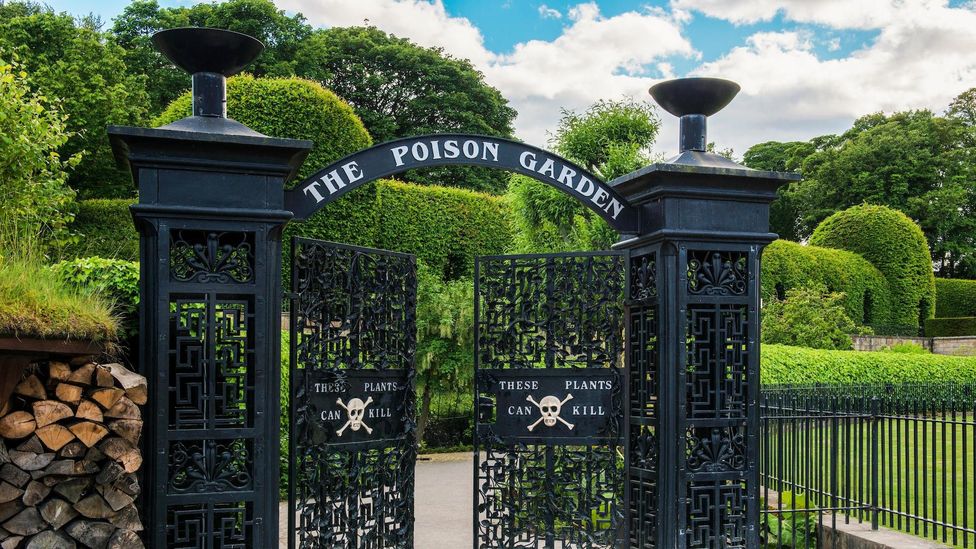
A certain plot of land in Annick Park has been set aside for safety. There is an emphatic sentence written on the black iron gate as the entrance, “These plants can kill”, and any person who enters through that gate must obey a special set of rules. All the plants outside the gate are so poisonous. Because each plant is different in its toxicity and how it affects people, it’s important to tread carefully.
Annick can spend as much time as he likes throughout the park, but beyond this entrance that freedom is not available – www.bbc.com
Established in 2005, Annick Gardens has a collection of over a hundred poisonous plants. Special instructions are given to the tourists who come to visit them, and there is no permission for activities like touching the plants and smelling the flowers. It is said that no matter how many security measures have been taken, some people who have visited the risk zone have become unconscious. This is due to the inhalation of volatile compounds emitted by plants.
is common But, deadly

The plant known as “Monkshood” or “Wolf’s bane” is one of the most poisonous plants in the garden collection. It contains a chemical called “aconitine”, and aconitine is identified as a nerve poison and a poison that affects the heart. However, according to Dean Smith, a guide at the poison garden, the deadliest species in the collection is the castor bean we all know. Because castor contains a poisonous compound called “ricin” and the plant is widespread in the world, it is probably the deadliest plant. Castor oil is used for many human activities. But, the chemical “ricin” in the plant must be inactivated during oil production.
The Tree House at Annick Park is a popular spot – www.jonnybarratt.com
Surprisingly, poisonous garden plants are common in the UK. They often grow wild in the UK. Because some plants that grow in this way are easy to grow, ornamental characteristics have also arrived in the gardens. The popular garden shrub species “Rhododendron” is a good example. Its leaves contain the chemical “grayanotoxin”, which can cause nervous system complications if eaten.
That’s why if you grow poisonous ornamental plants like “Rhododendron” in your garden, you have to take care of the small children in the house. It is important to know the simple botanical facts of commonly planted ornamental plants in the garden. Although their beauty may tempt you to give them garden space, they can be poisonous.
Ornamental laburnum plant
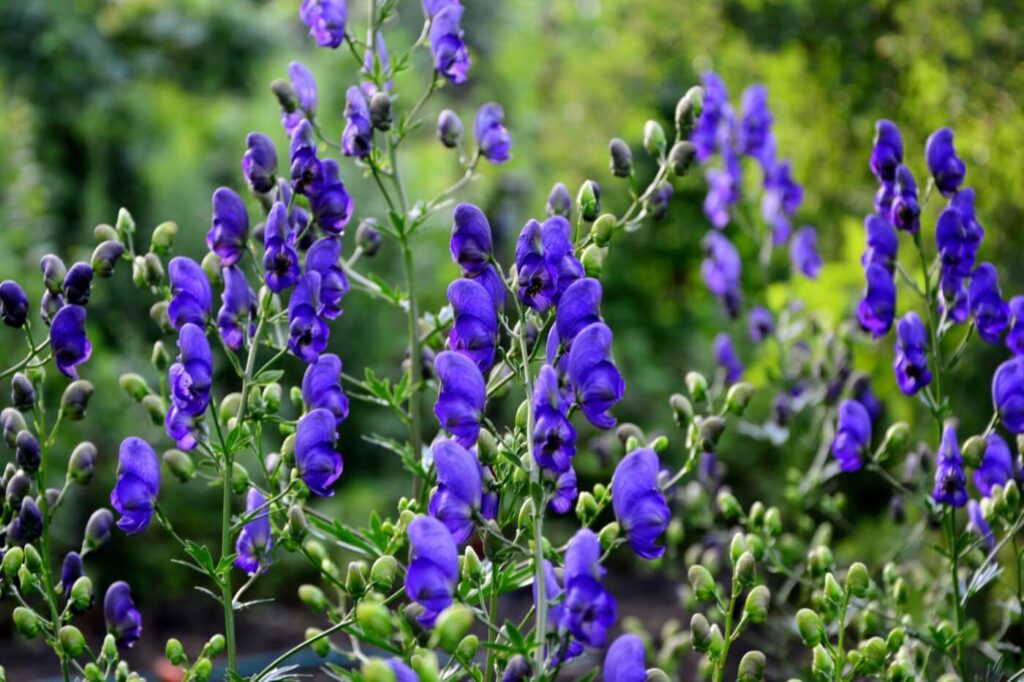
If several rhododendron plants are grown together, the surrounding soil will become toxic, so other plants will not grow. Rhododendron is the only plant that can grow around it. If bees collect nectar from rhododendron flowers alone, the nectar is red in color and may cause a slight headache or intoxication when ingested. But, large doses can be fatal. It is said that in some parts of Nepal and Turkey, honey produced from rhododendron plants is consumed for certain health reasons.
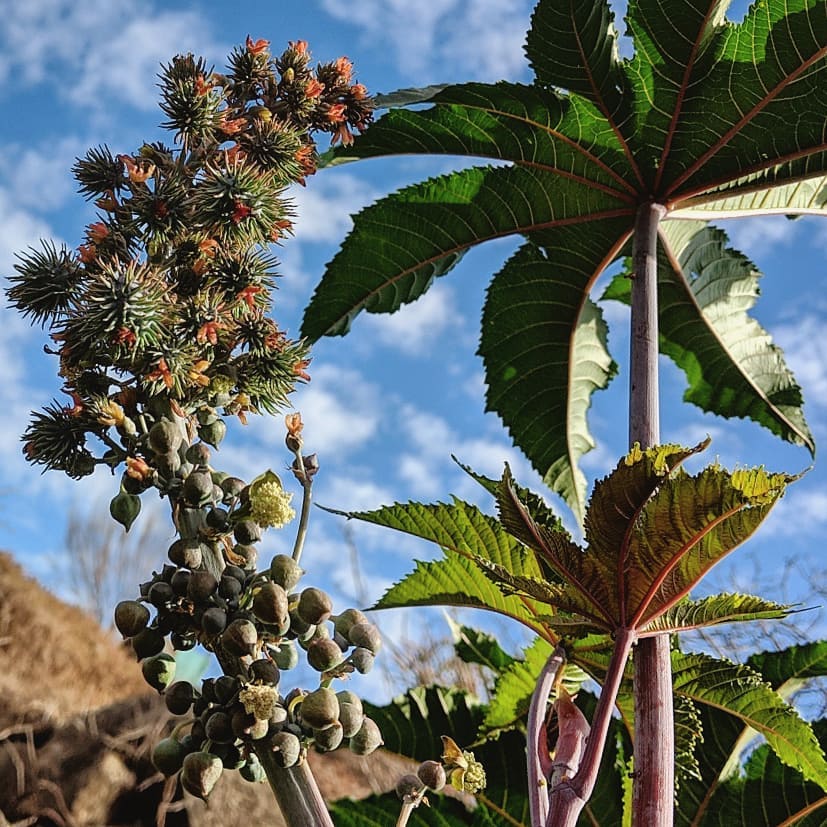
The plant known as “Monkshood” or “Wolf’s bane” – www.petalrepublic.com
Laburnum is another highly poisonous plant found in the garden. The laburnum plant has also found its way into UK gardens thanks to its lovely drooping yellow flowers. This is how Dean Smith explains the potency of the toxic compound “cytisine” contained in laburnum.
“If a fallen branch of the laburnum plant is picked up months later by a dog, the dog may die before completing the journey.”
Although it is popular with people to play with dogs by tossing pieces of sticks, it is not possible to enjoy that pleasure with a piece of laburnum plant.
Cyanide Attacker

According to Dean Smith, the effects of a plant’s toxic compounds don’t just come from eating, touching or smelling them. Prunus laurocerasus in Annick Gardens can even be fatally pruned.
This plant is commonly known as cherry laurel or English laurel, and its leaves contain cyanogenic glycosides and cyanide ions.
Entered UK gardens for ornamental purposes
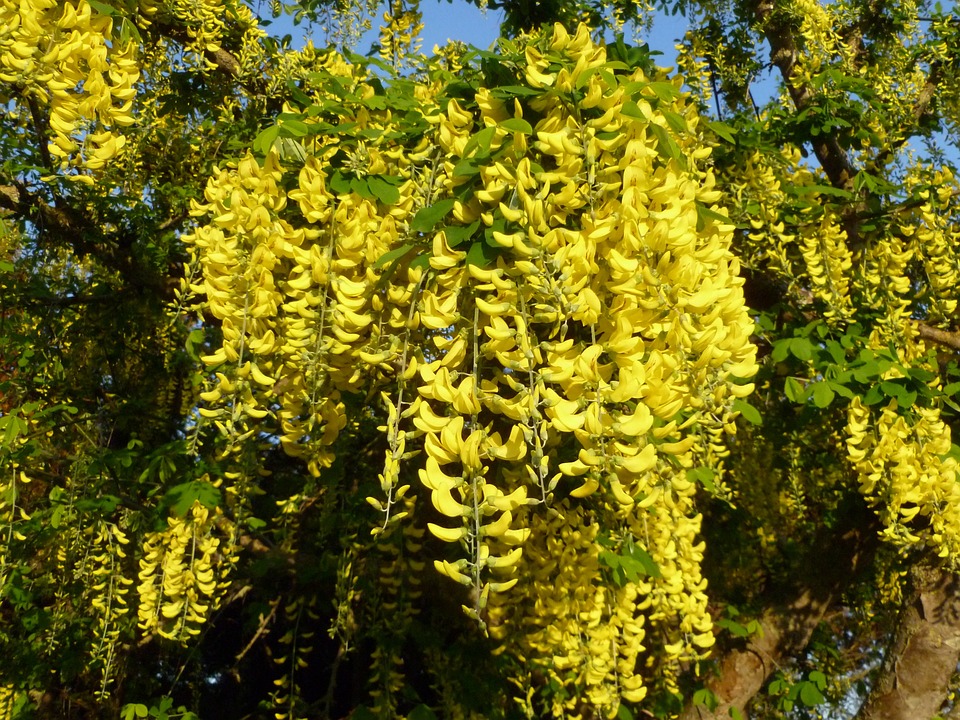
The two components are not harmful when they are separated. But, as soon as the leaves of the plant are physically damaged, the production of cyanide gas begins. Cherries are not affected by laurel if they are kept in a well-ventilated or windy location.
Taking care of the poisonous plants in the garden is not an easy task. Gardeners working there must follow many safety measures. Face masks, gloves, eye masks and even hazmat suits are among them. Since the effect of toxins varies from plant to plant, it is important to pay attention to all of them.
For example, the use of a hazmat suit is very important when dealing with giant hogweed. The sap from the giant hogweed plant is highly toxic, and if it gets on the skin, it can cause painful burns that leave permanent scars.
Giant hogweed sap has been identified as a light-sensitive chemical. That is, if the sap of the plant is exposed to sunlight after the skin rash, the condition will worsen. The giant hogweed plant is classified as an invasive plant in some countries. It is said that their spread is becoming a catastrophic environmental problem.
English laurel or cherry laurel, a cyanide-producing plant -plants.ces.ncsu.edu
Risk willingly assumed
As risky as it is, the gardeners who take care of this unique part of Annick Park love their job.
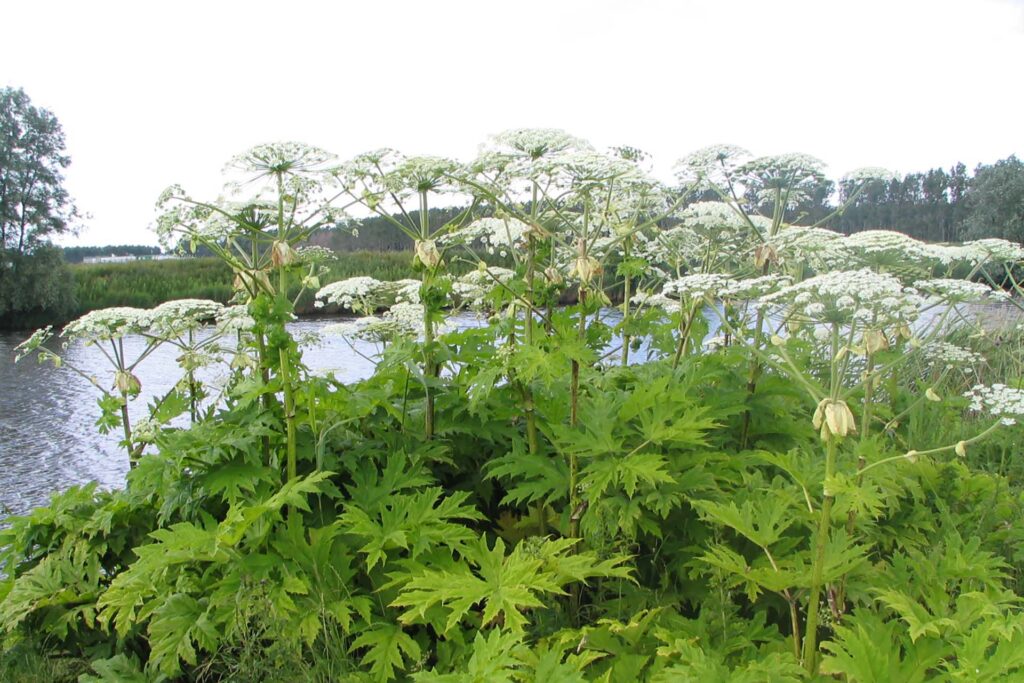
“I feel like we’re in their space so I don’t worry about the risk. These plants must have been there since before we arrived. So it is up to us to learn the benefits of these. Many of the plants here are used for good things. Not all bad.”
Amy Throop, who works as a gardener, says.
There is truth in Amy’s story. Just because a plant is poisonous does not mean it is not useful to humans. They may have valuable medicinal properties. It is important that toxic compounds are destroyed for human use. Castor plant is a common example of such use.
A valuable educational service
Through the Poisonous Plant Garden, the staff of Anik performs a valuable educational service. The garden works as part of a drug prevention program and disseminates knowledge about the plants used to make drugs. It is said that a visit to the poisonous plant garden will also be implemented as part of the program. They are allowed by law to grow, monitor and collect information on plants used to make drugs.
Here you can understand another thing.
They grow the plants used to produce the world’s most famous drugs and beyond the gate that says “These plants can kill”!



